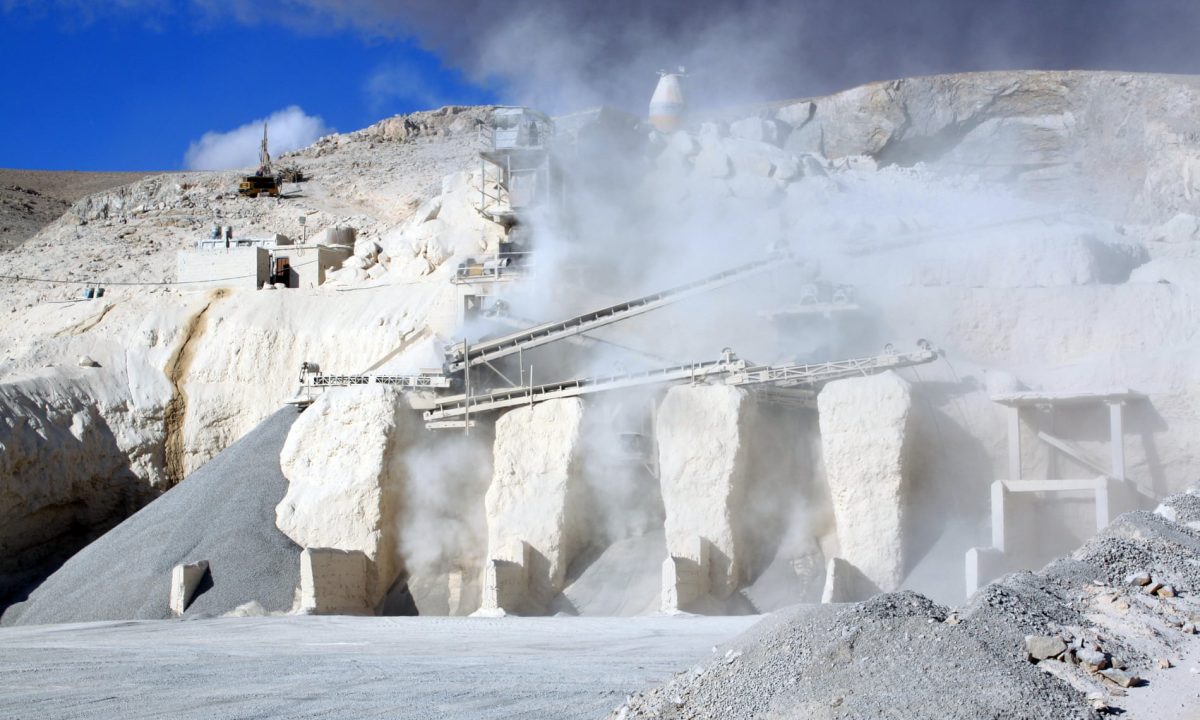
After water, concrete is the most widely used substance on
the planet. But its benefits mask enormous dangers to the planet, to human
health – and to culture itself
In the time it takes you to read this sentence, the
global building industry will have poured more than 19,000 bathtubs of
concrete. By the time you are halfway through this article, the volume would
fill the Albert Hall and spill out into Hyde Park. In a day it would be almost
the size of China’s Three Gorges Dam. In a single year, there is enough to
patio over every hill, dale, nook and cranny in England.
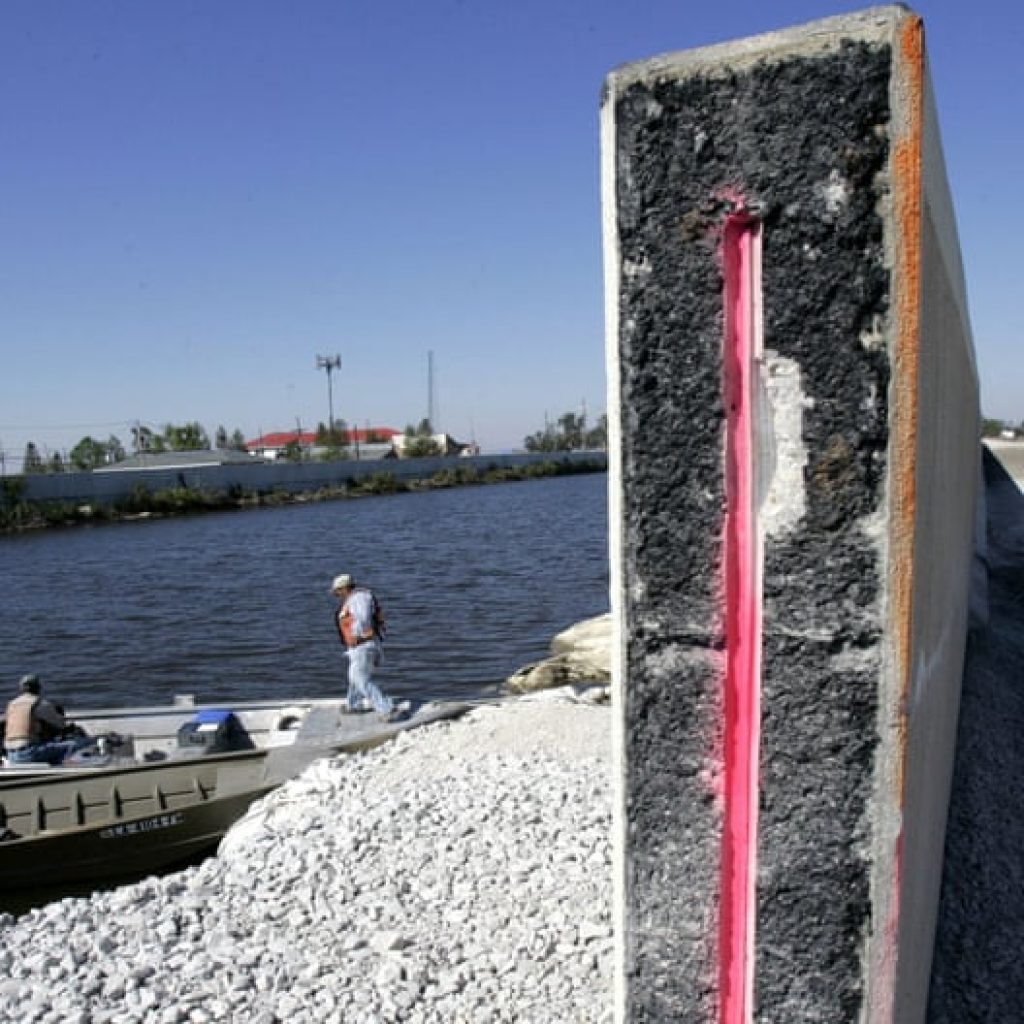
After water, concrete is the most widely used substance on
Earth. If the cement industry were a country, it would be the third largest
carbon dioxide emitter in the world with up to 2.8bn tonnes, surpassed only
by China and
the US.
The material is the foundation of modern development,
putting roofs over the heads of billions, fortifying our defences against
natural disaster and providing a structure for healthcare, education,
transport, energy and industry.
Concrete is how we try to tame nature. Our slabs protect us
from the elements. They keep the rain from our heads, the cold from our bones
and the mud from our feet. But they also entomb vast tracts of fertile soil,
constipate rivers, choke habitats and – acting as a rock-hard second skin –
desensitise us from what is happening outside our urban fortresses.
Our blue and green world is becoming greyer by the second.
By one
calculation, we may have already passed the point where concrete outweighs
the combined carbon mass of every tree, bush and shrub on the planet. Our built
environment is, in these terms, outgrowing the natural one. Unlike the natural
world, however, it does not actually grow. Instead, its chief quality is to
harden and then degrade, extremely slowly.
All the plastic produced over the past 60 years amounts to
8bn tonnes. The cement industry pumps out more than that every two years. But
though the problem is bigger than plastic, it is generally seen as less severe.
Concrete is not derived from fossil fuels. It is not being found in the
stomachs of whales and seagulls. Doctors aren’t discovering traces of it in our
blood. Nor do we see it tangled in oak trees or contributing to subterranean
fatbergs. We know where we are with concrete. Or to be more precise, we know
where it is going: nowhere. Which is exactly why we have come to rely on it.
This solidity, of course, is what humankind yearns for.
Concrete is beloved for its weight and endurance. That is why it serves as the
foundation of modern life, holding time, nature, the elements and entropy at
bay. When combined with steel, it is the material that ensures our dams don’t
burst, our tower blocks don’t fall, our roads don’t buckle and our electricity
grid remains connected.
Solidity is a particularly attractive quality at a time of
disorientating change. But – like any good thing in excess – it can create more
problems than it solves.
At times an unyielding ally, at times a false friend,
concrete can resist nature for decades and then suddenly amplify its impact.
Take the floods in New Orleans after Hurricane Katrina and Houston after
Harvey, which were more severe because urban and suburban streets could not
soak up the rain like a floodplain, and storm drains proved woefully
inadequate for the new extremes of a disrupted climate.
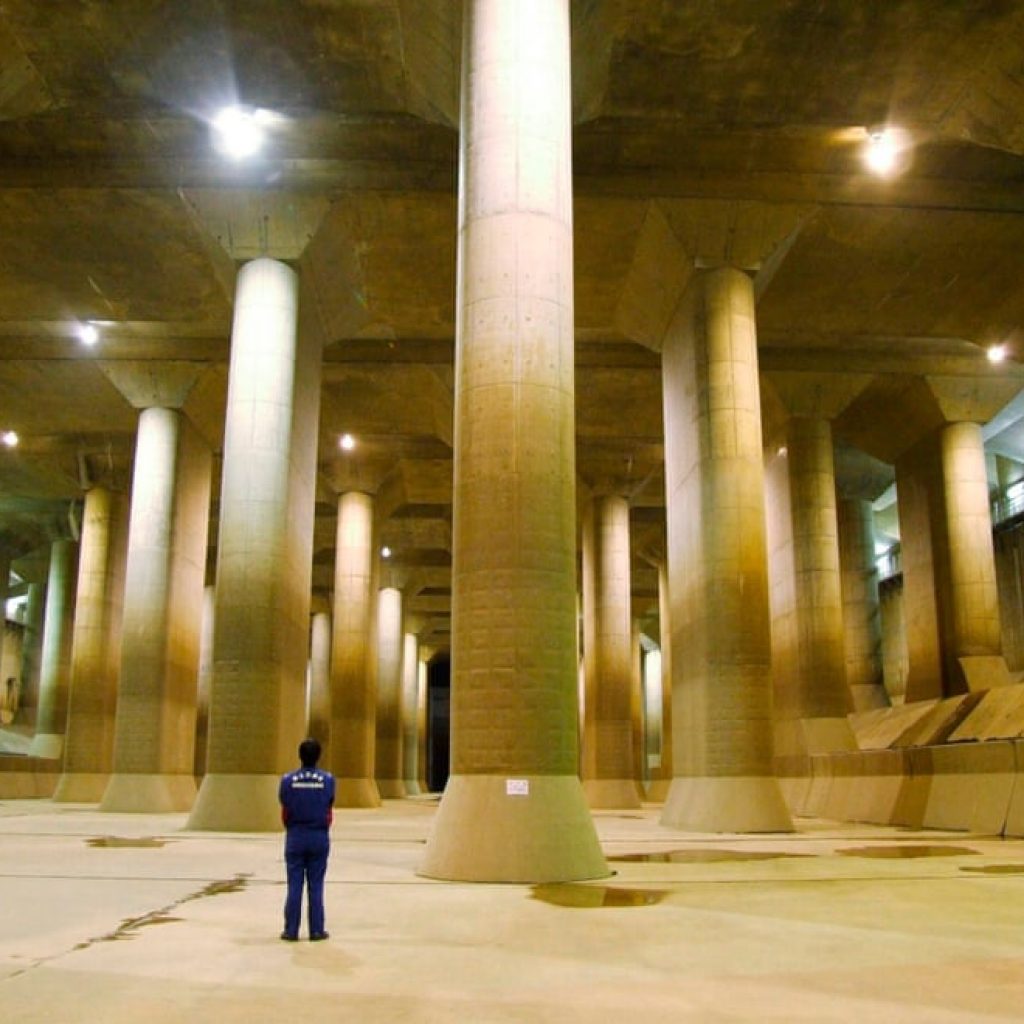
When the levee breaks … The levee of the 17th Street
canal, New Orleans, after it was breached during Hurricane Katrina. Photograph:
Nati Harnik/AP
Advertisement
It also magnifies the extreme weather it shelters us from.
Taking in all stages of production, concrete is said to be responsible
for 4-8% of
the world’s CO2. Among materials, only coal, oil and gas are a greater source
of greenhouse gases. Half of concrete’s CO2 emissions are created during the
manufacture of clinker, the most-energy intensive part of the cement-making
process.
But other environmental impacts are far less well
understood. Concrete is a thirsty behemoth, sucking up almost a 10th of the
world’s industrial water use. This often strains supplies for drinking and
irrigation, because 75% of this
consumption is in drought and water-stressed regions. In cities, concrete
also adds to the heat-island effect by absorbing the warmth of the sun and
trapping gases from car exhausts and air-conditioner units – though it is, at
least, better than darker asphalt.
It also worsens the problem of silicosis and other
respiratory diseases. The dust from wind-blown stocks and mixers contributes as
much as 10% of the coarse particulate matter that chokes Delhi, where
researchers found
in 2015 that the air pollution index at all of the 19 biggest
construction sites exceeded safe levels by at least three times. Limestone
quarries and cement factories are also often pollution sources, along with the
trucks that ferry materials between them and building sites. At this scale,
even the acquisition of sand can be catastrophic – destroying
so many of the world’s beaches and river courses that this form of
mining is now increasingly
run by organised crime gangs and associated with murderous
violence.
This touches on the most severe, but least understood,
impact of concrete, which is that it destroys natural infrastructure without
replacing the ecological functions that humanity depends on for fertilisation,
pollination, flood control, oxygen production and water purification.
Concrete can take our civilisation upwards, up to 163
storeys high in the case of the Burj Khalifa skyscraper in Dubai, creating
living space out of the air. But it also pushes the human footprint outwards,
sprawling across fertile topsoil and choking habitats. The biodiversity crisis
– which many scientists believe to be as
much of a threat as climate chaos – is driven primarily by the
conversion of wilderness to agriculture, industrial estates and residential
blocks.
For hundreds of years, humanity has been willing to accept
this environmental downside in return for the undoubted benefits of concrete.
But the balance may now be tilting in the other direction.
The Pantheon and Colosseum in Rome are testament to
the durability of concrete, which is a composite of sand, aggregate (usually
gravel or stones) and water mixed with a lime-based, kiln-baked binder. The
modern industrialised form of the binder – Portland cement – was patented as a
form of “artificial stone” in 1824 by Joseph Aspdin in Leeds. This was later
combined with steel rods or mesh to create reinforced concrete, the basis for
art deco skyscrapers such as the Empire State Building.
Advertisement
Rivers of it were poured after the second world war, when
concrete offered an inexpensive and simple way to rebuild cities devastated by
bombing. This was the period of brutalist architects such
as Le Corbusier, followed by the futuristic, free-flowing
curves of Oscar Niemeyer and the elegant lines of Tadao
Ando – not to mention an ever-growing legion of dams, bridges, ports,
city halls, university campuses, shopping centres and uniformly grim car parks.
In 1950, cement production was equal to that of steel; in the years since, it
has increased 25-fold, more than three times as fast as its metallic
construction partner.
Debate about the aesthetics has tended to polarise between
traditionalists like Prince Charles, who condemned Owen Luder’s brutalist
Tricorn Centre as a “mildewed lump of elephant droppings”, and modernists who
saw concrete as a means of making style, size and strength affordable for the
masses.
The politics of concrete are less divisive, but more
corrosive. The main problem here is inertia. Once this material binds
politicians, bureaucrats and construction companies, the resulting nexus is
almost impossible to budge. Party leaders need the donations and kickbacks from
building firms to get elected, state planners need more projects to maintain
economic growth, and construction bosses need more contracts to keep money
rolling in, staff employed and political influence high. Hence the
self-perpetuating political enthusiasm for environmentally and socially dubious
infrastructure projects and cement-fests like the Olympics, the World Cup and
international exhibitions.
The classic example is Japan, which embraced
concrete in the second half of the 20th century with such enthusiasm that the
country’s governance structure was often described as the doken kokka (construction
state).
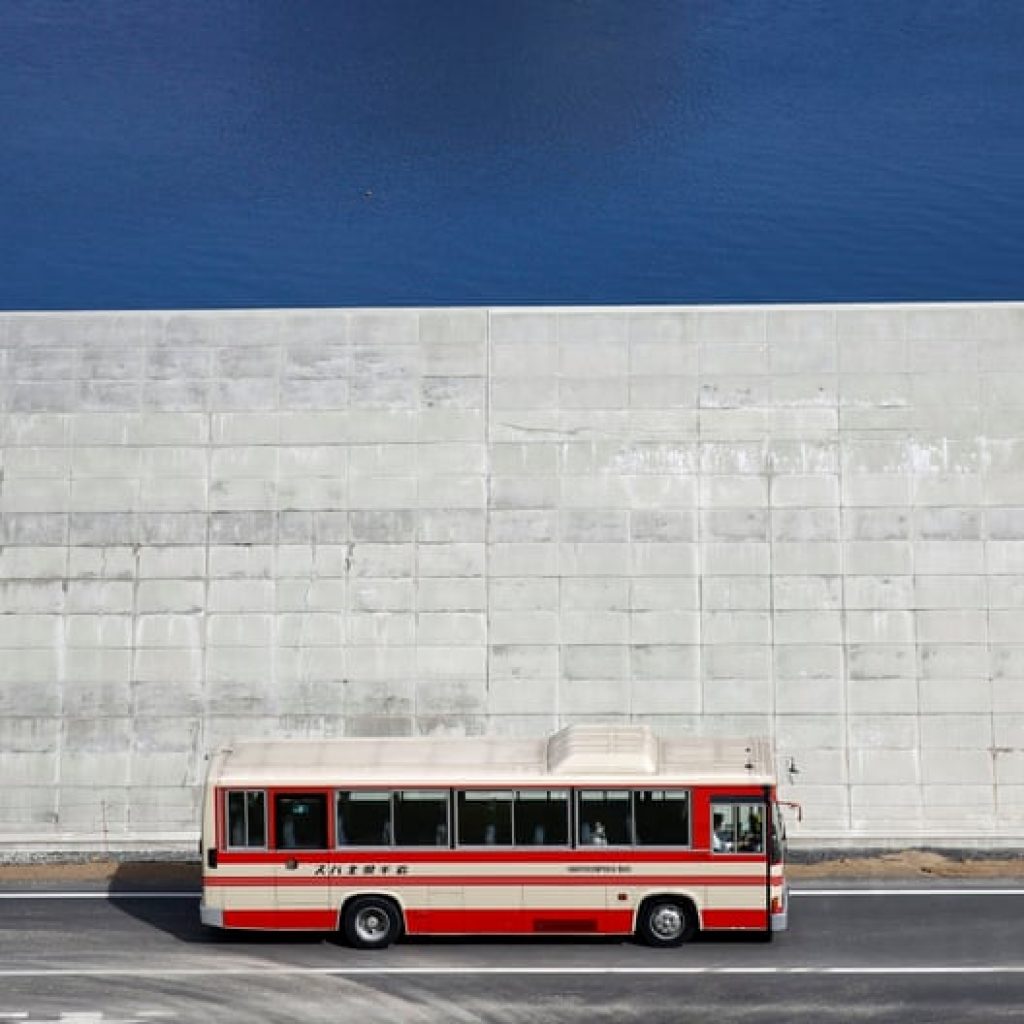
A pressure-controlled water tank in Kusakabe, Japan,
constructed to protect Tokyo against floodwaters and overflow of the city’s
major waterways and rivers during heavy rain and typhoon seasons. Photograph:
Ho New/Reuters
At first it was a cheap material to rebuild cities ravaged
by fire bombs and nuclear warheads in the second world war. Then it provided
the foundations for a new model of super-rapid economic development: new
railway tracks for Shinkansen bullet trains, new bridges and tunnels for
elevated expressways, new runways for airports, new stadiums for the 1964
Olympics and the Osaka Expo, and new city halls, schools and sports facilities.
This kept the economy racing along at near double-digit
growth rates until the late 1980s, ensuring employment remained high and giving
the ruling Liberal Democratic party a stranglehold on power. The political
heavyweights of the era – men such as Kakuei Tanaka, Yasuhiro Nakasone and
Noboru Takeshita – were judged by their ability to bring hefty projects to
their hometowns. Huge kickbacks were the norm. Yakuza gangsters, who served as
go-betweens and enforcers, also got their cut. Bid-rigging and near monopolies
by the big six building firms (Shimizu, Taisei, Kajima, Takenaka, Obayashi,
Kumagai) ensured contracts were lucrative enough to provide hefty kickbacks to
the politicians. The doken kokka was a racket on a
national scale.
But there is only so much concrete you can usefully lay
without ruining the environment. The ever-diminishing returns were made
apparent in the 1990s, when even the most creative politicians struggled to
justify the government’s stimulus spending packages. This was a period of extraordinarily
expensive bridges to sparsely inhabited regions, multi-lane roads
between tiny rural communities, cementing over the few remaining natural
riverbanks, and pouring ever greater volumes of concrete into the sea walls
that were supposed to protect 40% of the Japanese coastline.
In his book Dogs and Demons, the author and longtime
Japanese resident Alex Kerr laments the cementing over of riverbanks and
hillsides in the name of flood and mudslide prevention. Runaway
government-subsidised construction projects, he told an interviewer,
“have wreaked untold damage on mountains, rivers, streams, lakes, wetlands,
everywhere — and it goes on at a heightened pace. That is the reality of modern
Japan, and the numbers are staggering.”
He said the amount of concrete laid per square metre in
Japan is 30 times the amount in America, and that the volume is almost exactly
the same. “So we’re talking about a country the size of California laying the
same amount of concrete [as the entire US]. Multiply America’s strip malls and
urban sprawl by 30 to get a sense of what’s going on in Japan.”
Traditionalists and environmentalists were horrified – and
ignored. The cementation of Japan ran contrary to classic aesthetic ideals of
harmony with nature and an appreciation of mujo (impermanence),
but was understandable given the ever-present fear of earthquakes and tsunamis
in one of the world’s most seismically active nations. Everyone knew the grey
banked rivers and shorelines were ugly, but nobody cared as long as they could
keep their homes from being flooded.
Which made the devastating 2011
Tohoku earthquake and
tsunami all the more shocking. At coastal towns such as Ishinomaki,
Kamaishi and Kitakami, huge sea walls that had been built over decades were
swamped in minutes. Almost 16,000 people died, a million buildings were
destroyed or damaged, town streets were blocked with beached ships and port
waters were filled with floating cars. It was a still more alarming story at
Fukushima, where the ocean surge engulfed the outer defences of the Fukushima
Daiichinuclear
plant and caused a level 7 meltdown.
Briefly, it seemed this might become a King Canute moment
for Japan – when the folly of human hubris was exposed by the power of nature.
But the concrete lobby was just too strong. The Liberal Democratic party
returned to power a year later with a promise to spend 200tn yen (£1.4tn) on
public works over the next decade, equivalent to about 40% of Japan’s economic
output.
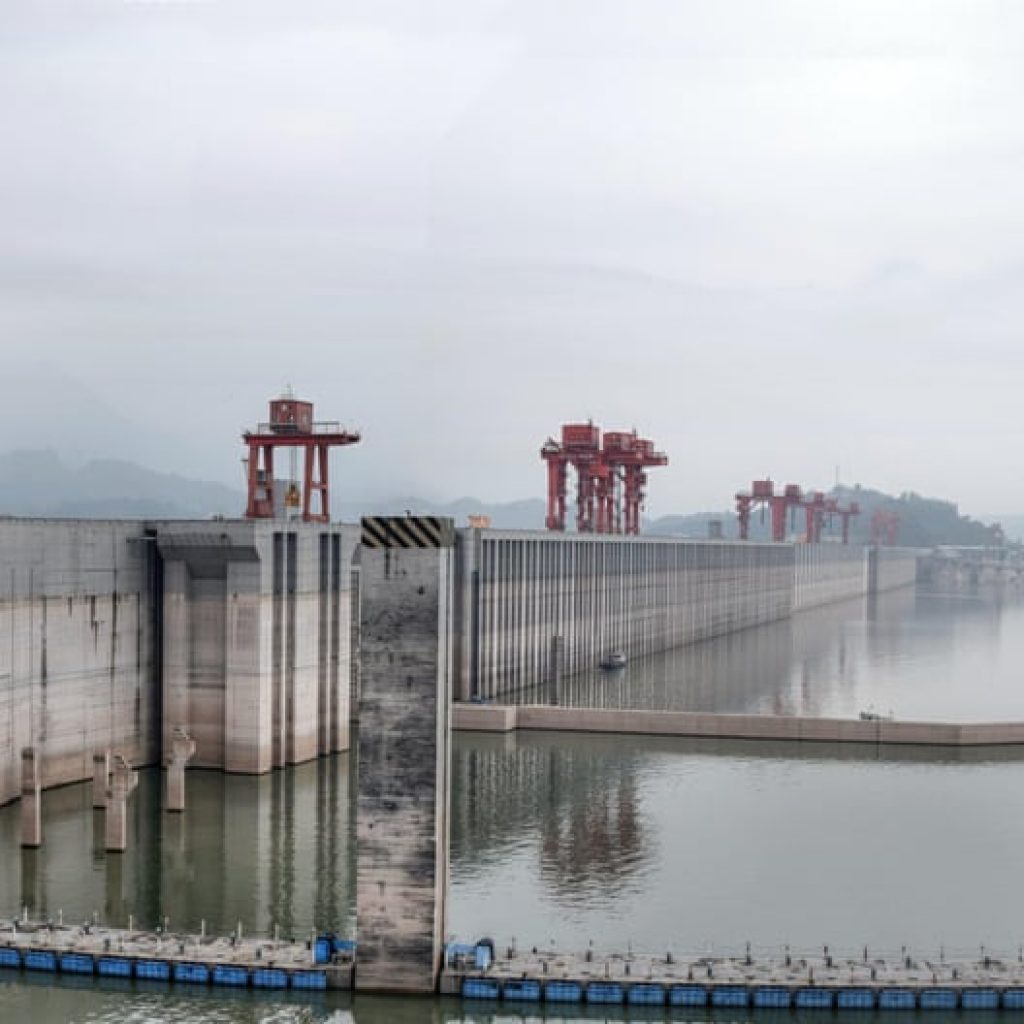
‘It feels like we’re in jail, even though we haven’t
done anything bad’ … A seawall in Yamada, Iwate prefecture, Japan, 2018.
Photograph: Kim Kyung-Hoon/Reuters
Construction firms were once again ordered to hold back the
sea, this time with even taller, thicker barriers. Their value is contested.
Engineers claim these 12-metre-high walls of concrete will stop or at least
slow future tsunamis, but locals have heard such promises before. The area
these defences protect is also of lower human worth now the land has been
largely depopulated and filled with paddy fields and fish farms.
Environmentalists say mangrove forests could provide a far cheaper buffer.
Tellingly, even many tsunami-scarred locals hate the concrete between them and
the ocean.
“It feels like we’re in jail, even though we haven’t done anything bad,” an oyster fisherman, Atsushi Fujita, told Reuters. “We can no longer see the sea,” said the Tokyo-born photographer Tadashi Ono, who took some of the most powerful images of these massive new structures. He described them as an abandonment of Japanese history and culture. “Our richness as a civilisation is because of our contact with the ocean,” he said. “Japan has always lived with the sea, and we were protected by the sea. And now the Japanese government has decided to shut out the sea.”https://www.theguardian.com/cities/2019/feb/25/concrete-the-most-destructive-material-on-earth

